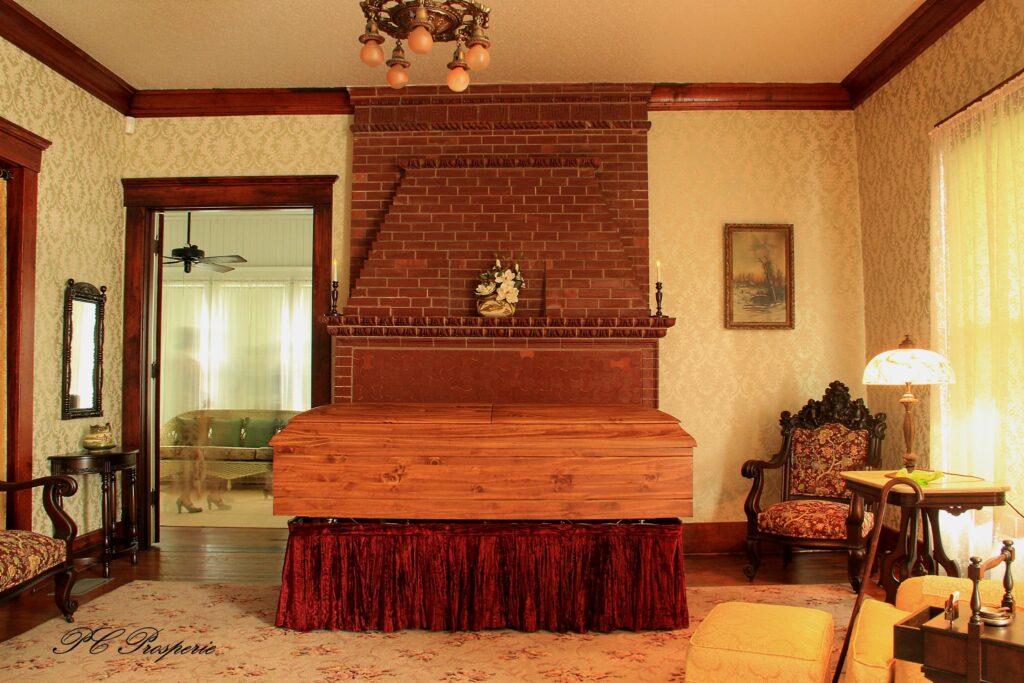
On Monday, I drove to Houston, and the weather was perfect. I can imagine unicorns and butterflies frolicking together in perfect harmony, but you people in Houston are a different breed. I will ask how you can strategically shut down all the major highways during morning rush hour when there is nothing in your way. At least there is I-99; it’s out of the way, but I cringe when I have to drive to the other side of Houston. By the way, I will go ahead and say that Buc-ee’s BBQ sucks. Sorry/not sorry, but it’s the best place to go to the bathroom, and the banana bread is good.
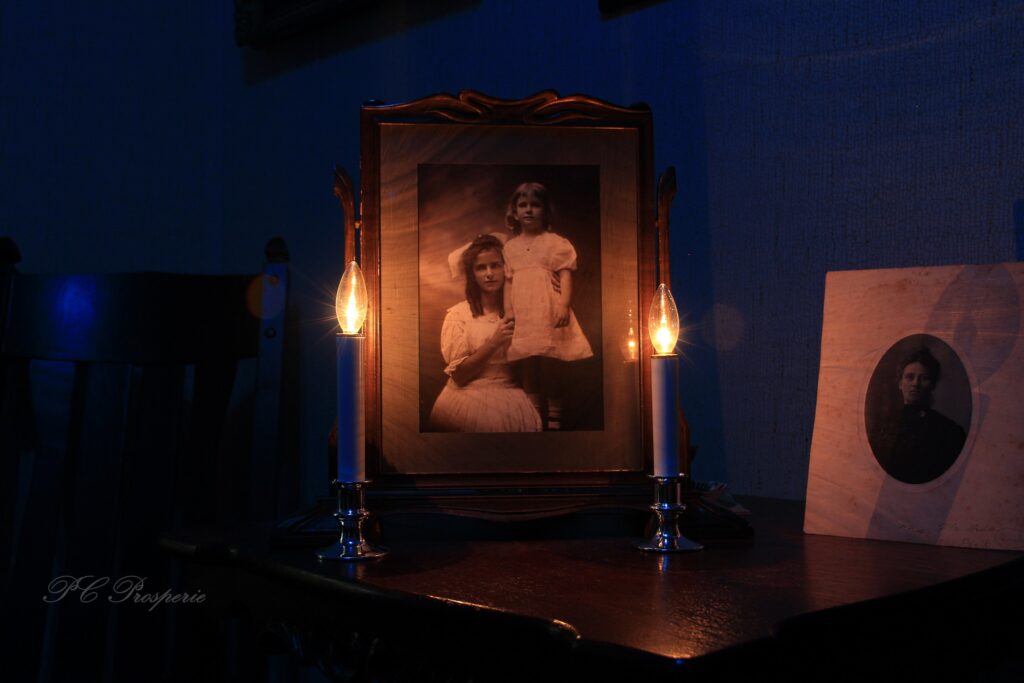
Back in 2015, the Beaumont Heritage Society did its annual Florence Chambers birthday celebration. Florence was born in 1912 and lived in the same house her whole life. As I’ve said before, this house/museum is my favorite because it’s a house that we could live in without millions of dollars. The story of the two sisters—Ruth and Florence—is an excellent historical view of women succeeding in life at a time when most said they couldn’t function unless they were married. Visit the museum, take the tour, and enjoy their story.
That year, the actor who played Homer Chambers (Papa) couldn’t attend the event, so they decided to reenact the funeral of Papa Chambers. Broussard’s Funeral Home provided the casket, and the event went well. I even have a photo of the ghostly images of a few women walking in the background in a time-lapse. I saw at the time that the picture looked ghostly, and I even asked a friend who knew the Chambers sisters to look at it. I said, “Hey, this could be the Chambers sisters,” but she shut me down immediately, responding, “Not in those heels!” Reenactor problems, but gold to me. Everyone did a great job that night, as they do every year.
Well, it’s the second week of October, which means it’s time to carve turnips! Back in the old country, there were no pumpkins to carve, so turnips were initially used. I’ve been doing this for a few years now, and those turnips are a bit hard to cut, but we will prevail. I’m not an artist, but the finished product is usually placed in my office and the living room for everyone to enjoy, but I see a trend of people not visiting during this time. I guess a house that smells like turnips is an acquired taste.
The origin of pumpkin carving for Halloween began in Ireland with the legend of Stingy Jack. Jack was not a good man; not only did he screw up his life, but he also screwed up his afterlife. Hearing the story of Stingy Jack and his worthless life, I put him in either the Senate or Congress. It’s pretty bad when even the devil feels for you. I’ll leave a link below to the story and a video as well. The video is well done—it’s by an independent film producer named Gary Andrews.
Last week, I spoke of my article about the Legend of Sarah Jane that blew up in the past. My article about Bragg Road was no different. Although it didn’t surpass the views of the first one, I saw that people were interested in this lore. Before getting into the story, I would like to make a plea to whoever is using the nice signage for target practice: please point your shotgun somewhere else, because we don’t need that kind of stuff.
Bragg Road is different from Sarah Jane Road because there may be something there. As I said in the blog, I did see the light, but not close, as most people seem to tell me happened to their acquaintances. I have yet to talk to someone who has seen the light in front of them or hovering over their car. It’s always a cousin, friend, or neighbor. That don’t work for me, so it is ongoing research on what it might have been.
I’ll leave a link to the article at the bottom of the page, but this was kind of the first time that we tried to do a logical paranormal investigation. It was the 1980s, and no Ghost Adventures TV show existed. (And that was a good thing!) What did exist was Loyd Auerbach’s book ESP, Hauntings and Poltergeists: A Parapsychologist’s Guide Handbook. So, we tried to document who, how, and what was traveling down that night’s eight-mile stretch. I will say that Paul Newman (not the actor/salad dressing king) did an excellent job of figuring out if the light we saw was a vehicle traveling down the road by brushing the tire tracks off the road. So, we knew just how many cars had passed. But the conclusion was a light that looked like an oncoming train. It never got close to us. It’s still a mystery. If you have a story and you’re not related to West End Wanda, then email me at rediscoveringsetx@gmail.com.
One thing I will always promote is the cemetery tours on Broadway in Galveston. Author Kathleen Maca does these tours, and she literally wrote the books on the cemetery. I’m excited for our upcoming tour of Magnolia Cemetery on the 20th and 22nd, and if you get a chance, the historical knowledge of Kathleen on the residents of the cemeteries on Broadway is a treasure that you shouldn’t miss. She also has ghost tours on the strand. I’ll leave her info below.
Until next week, stay safe and out of Houston.
Adiós
Heritage Haunted Happy Hour:
Stingy Jack
Loyd Auerbach:
https://www.parapsych.org/users/profparanormal/profile.aspx
Legend of Bragg Road:
https://www.rediscoveringsetx.com/2012/10/30/legend-of-bragg-road-saratoga-light/
Kathleen Maca:



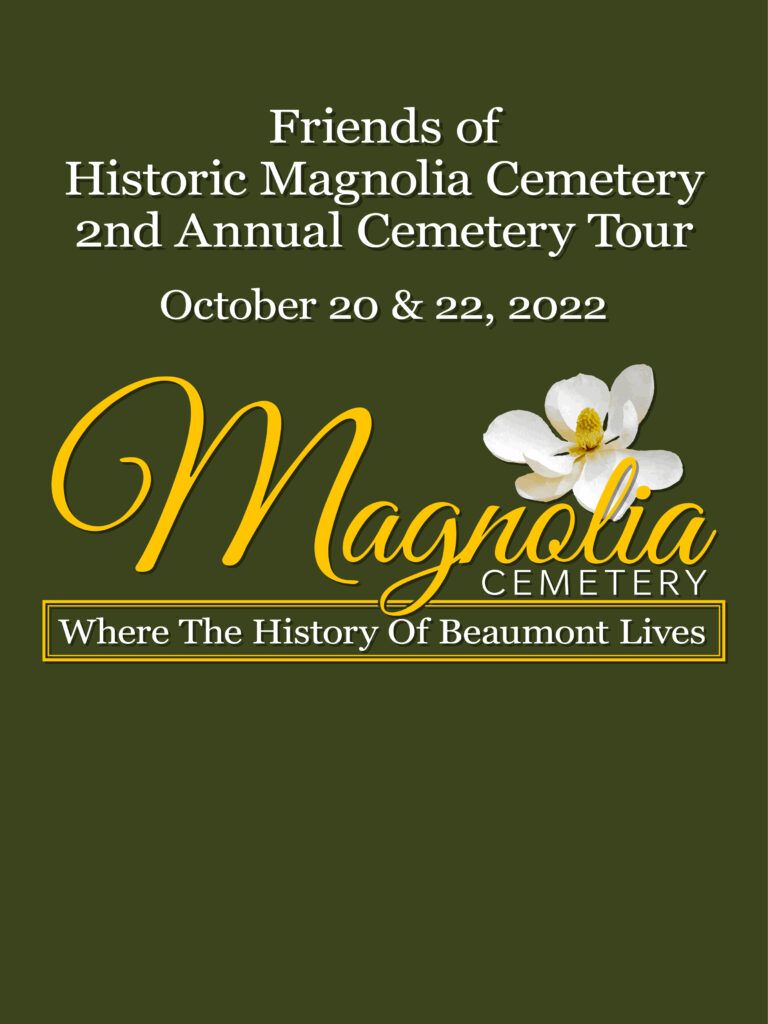


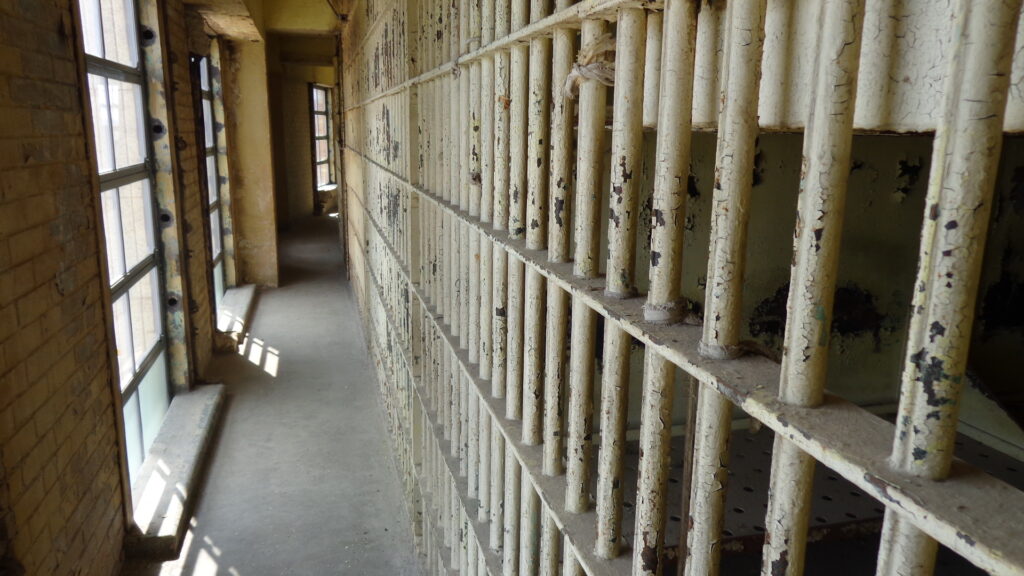
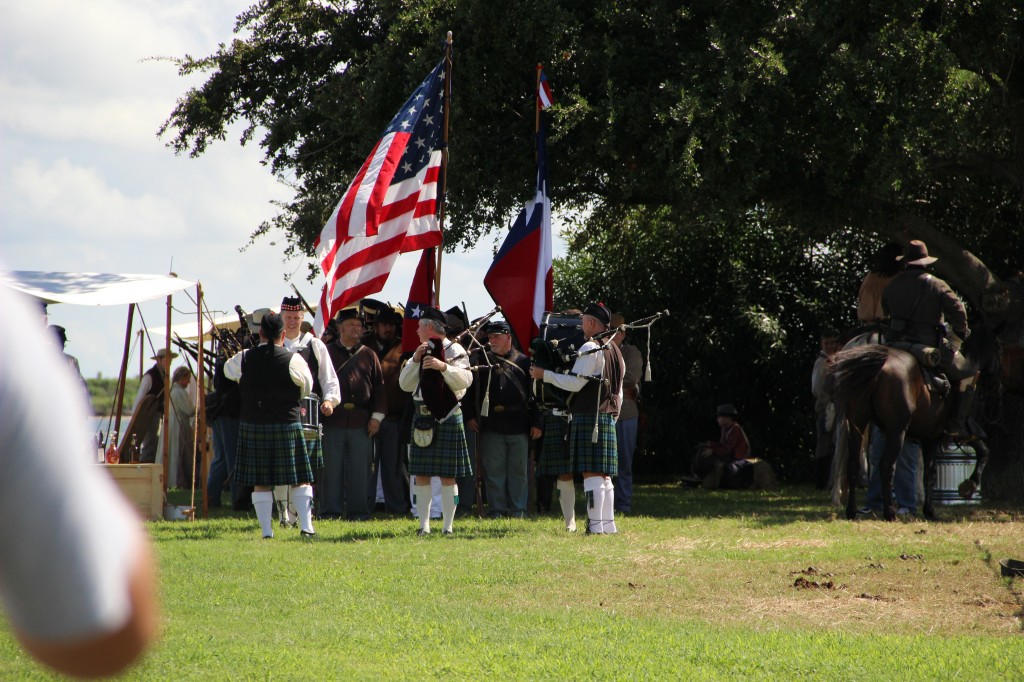
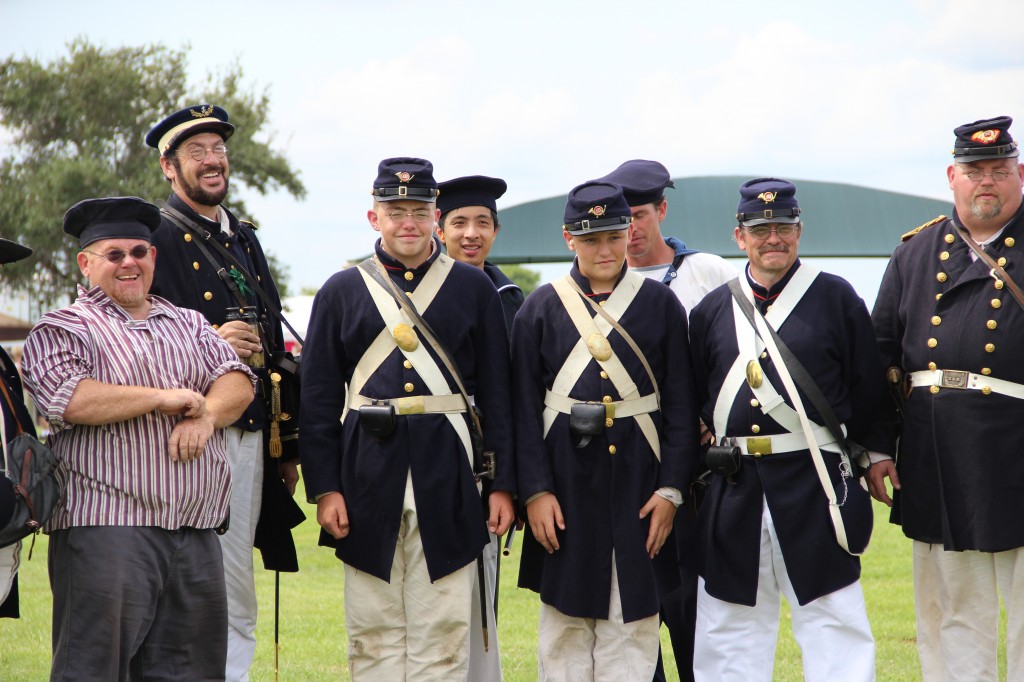

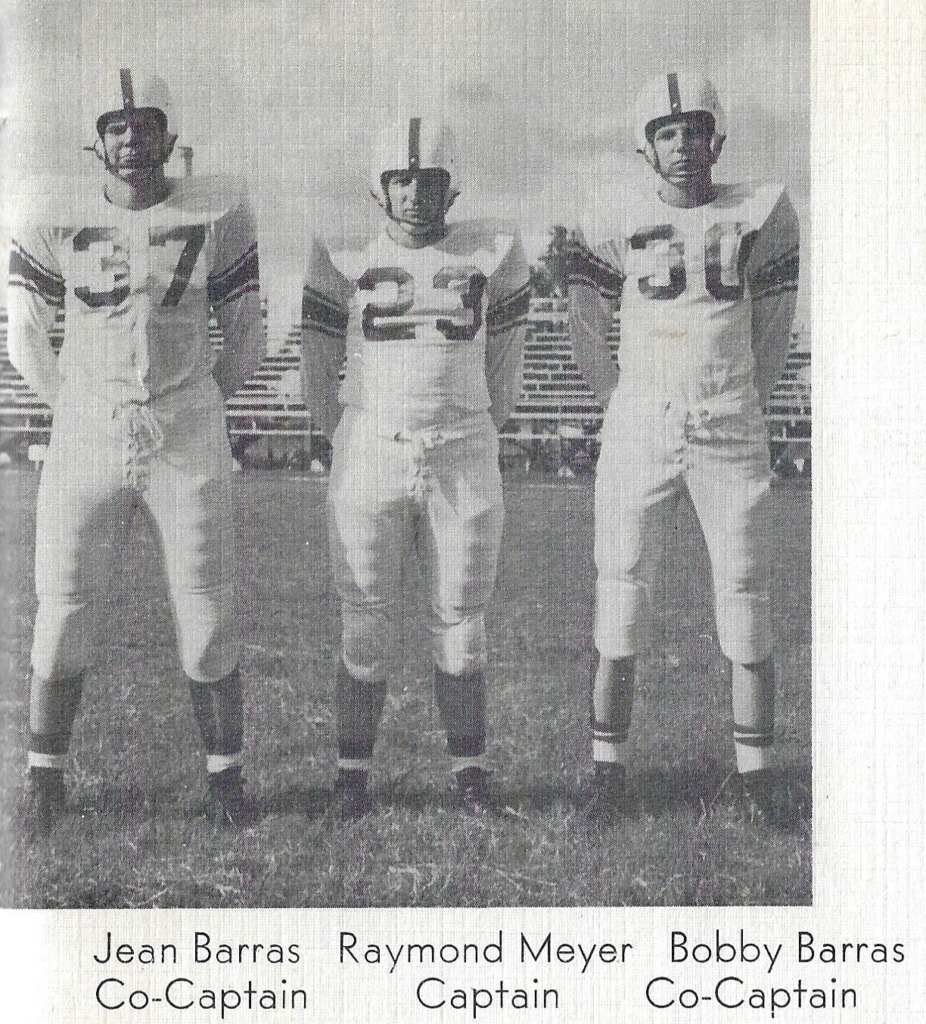
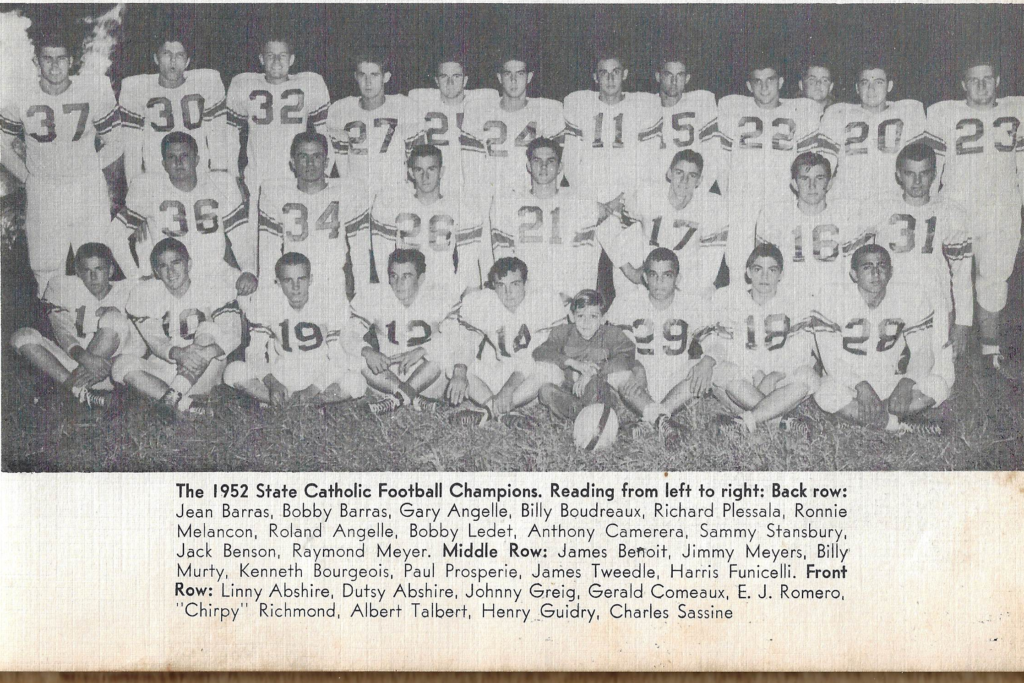
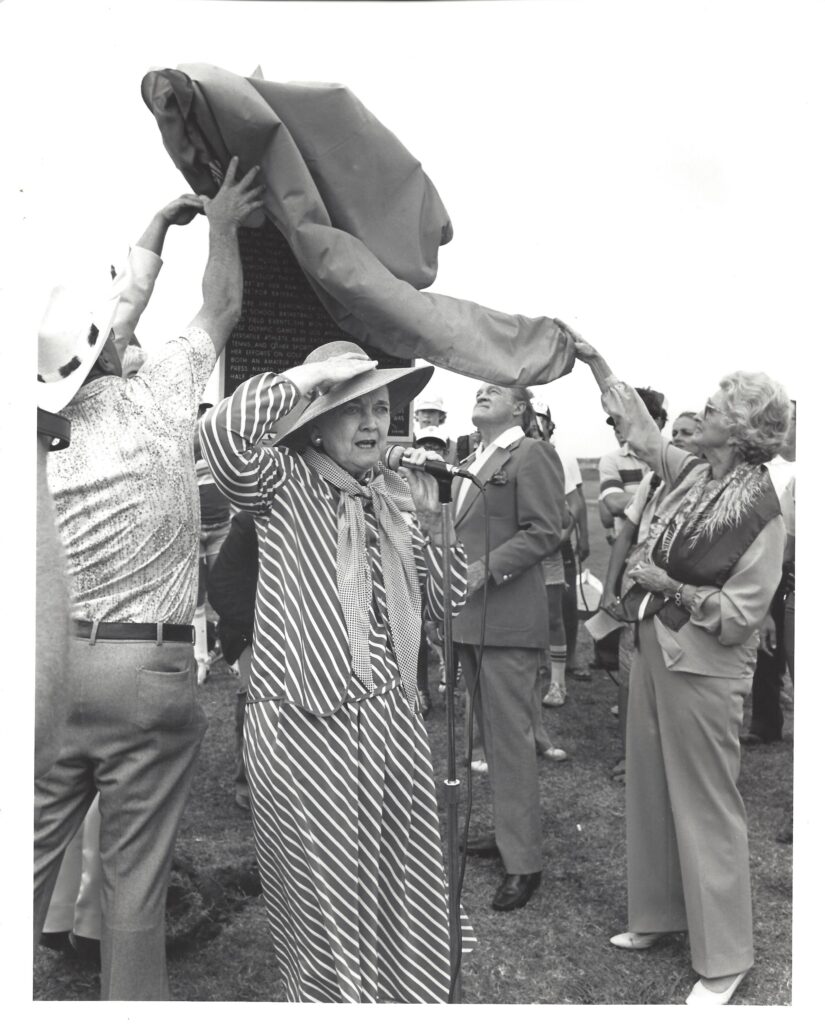
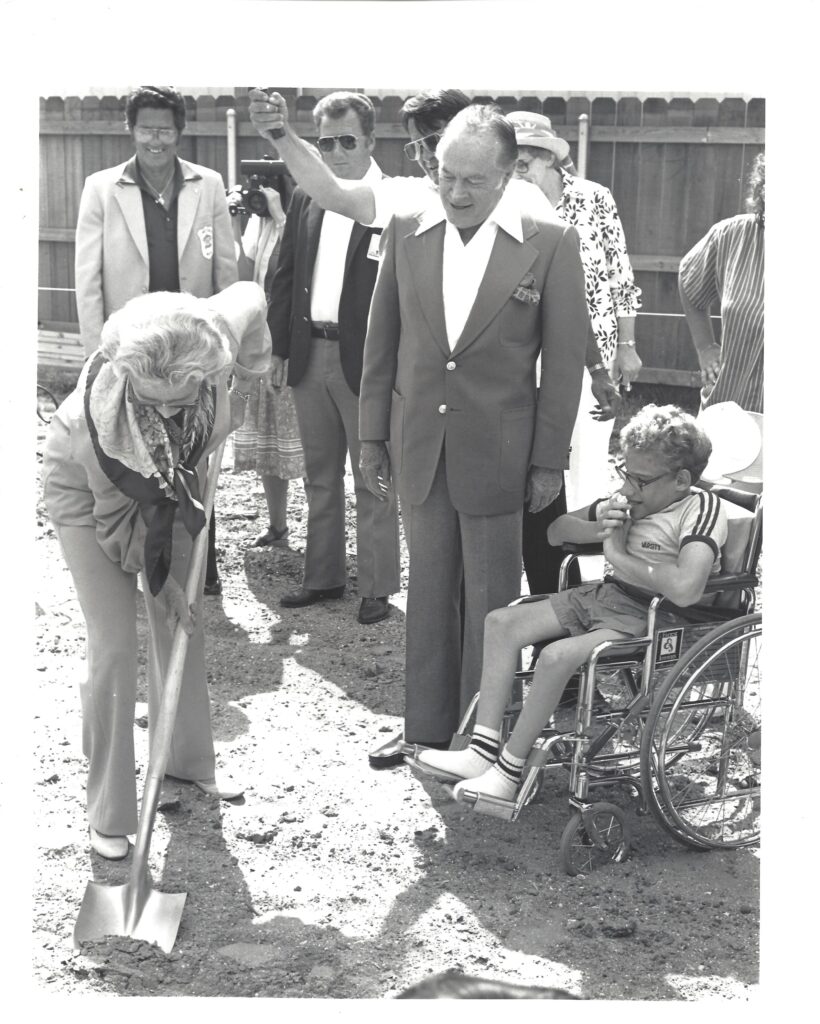
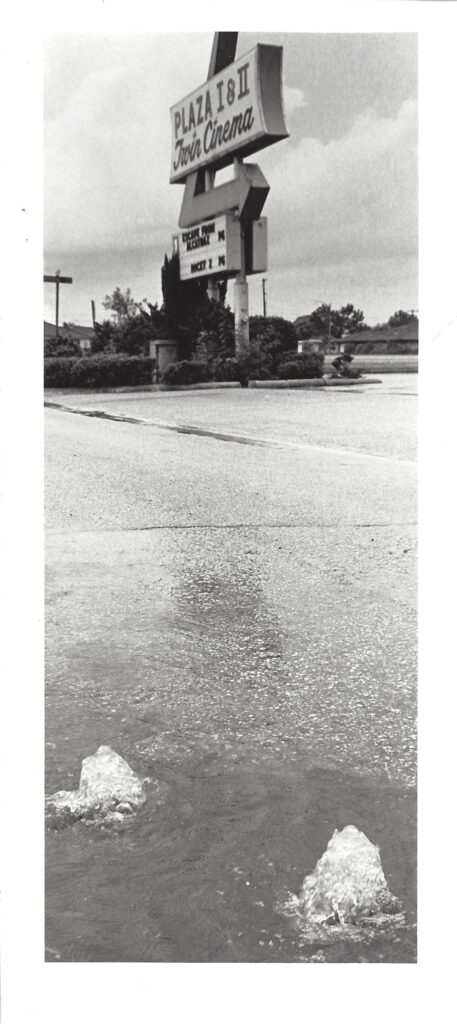
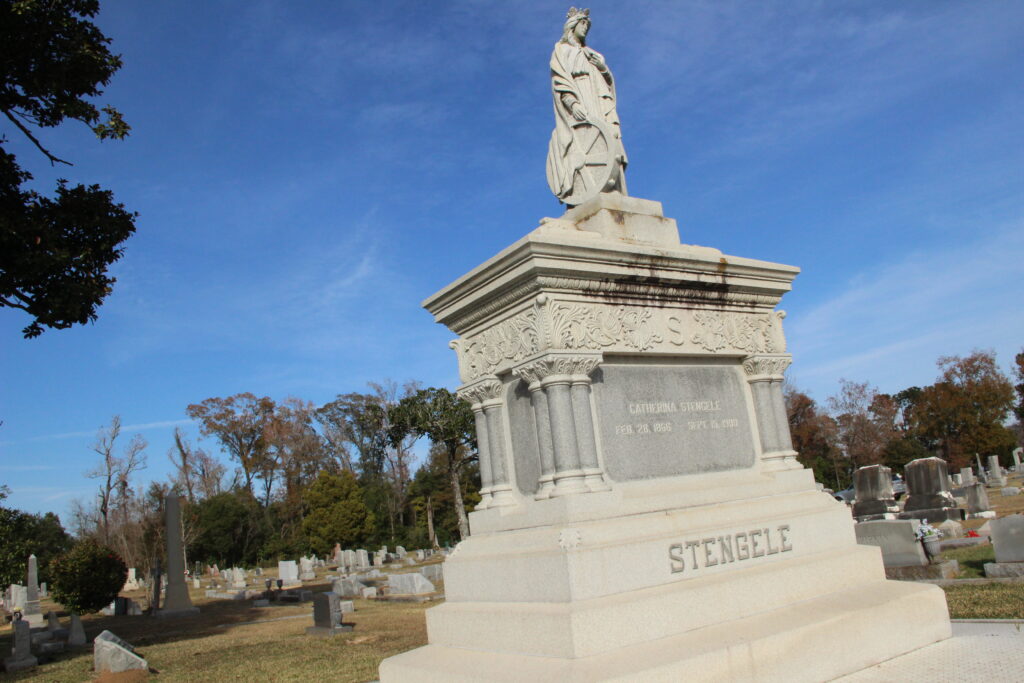
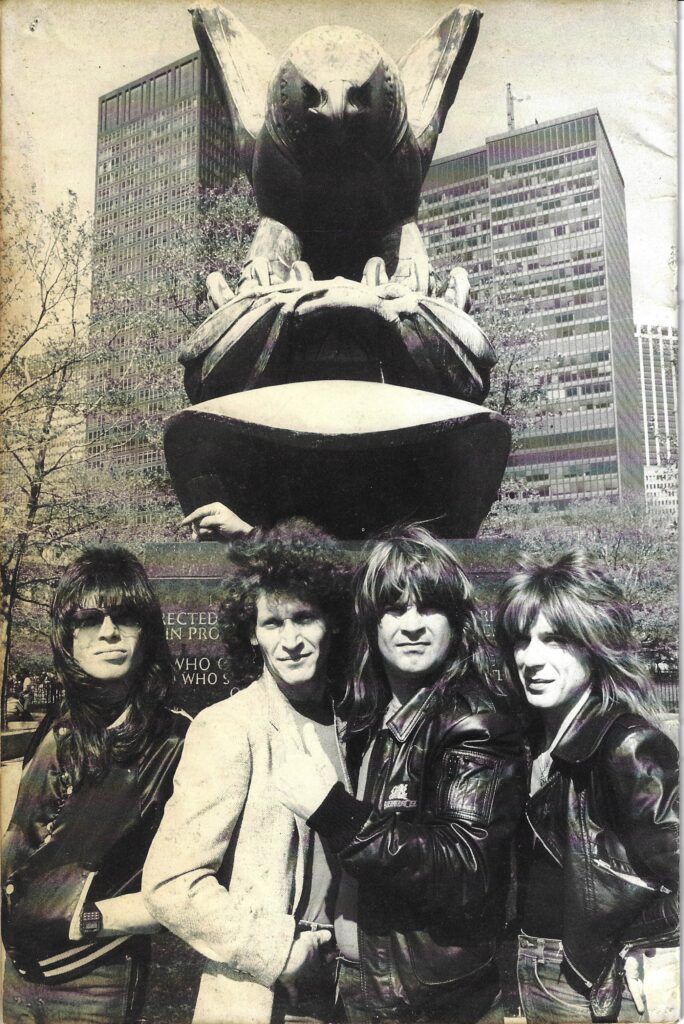


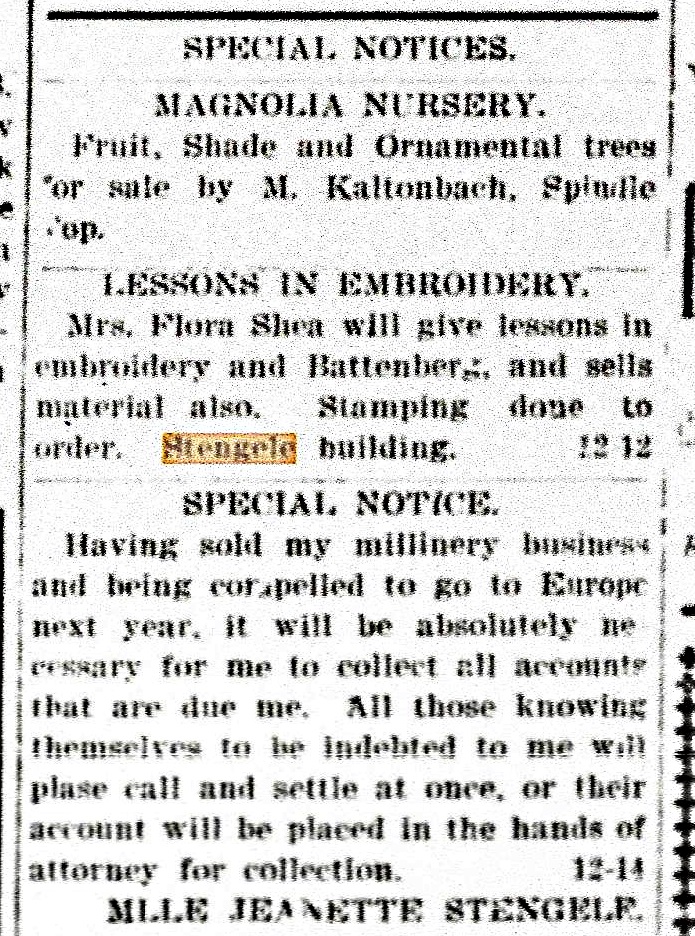



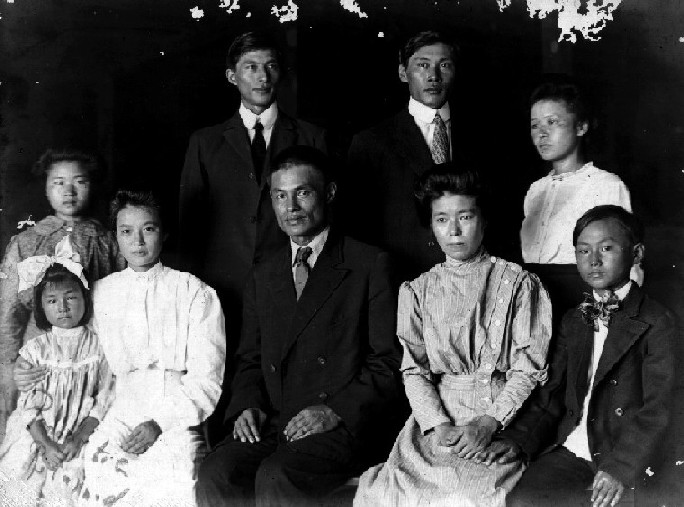
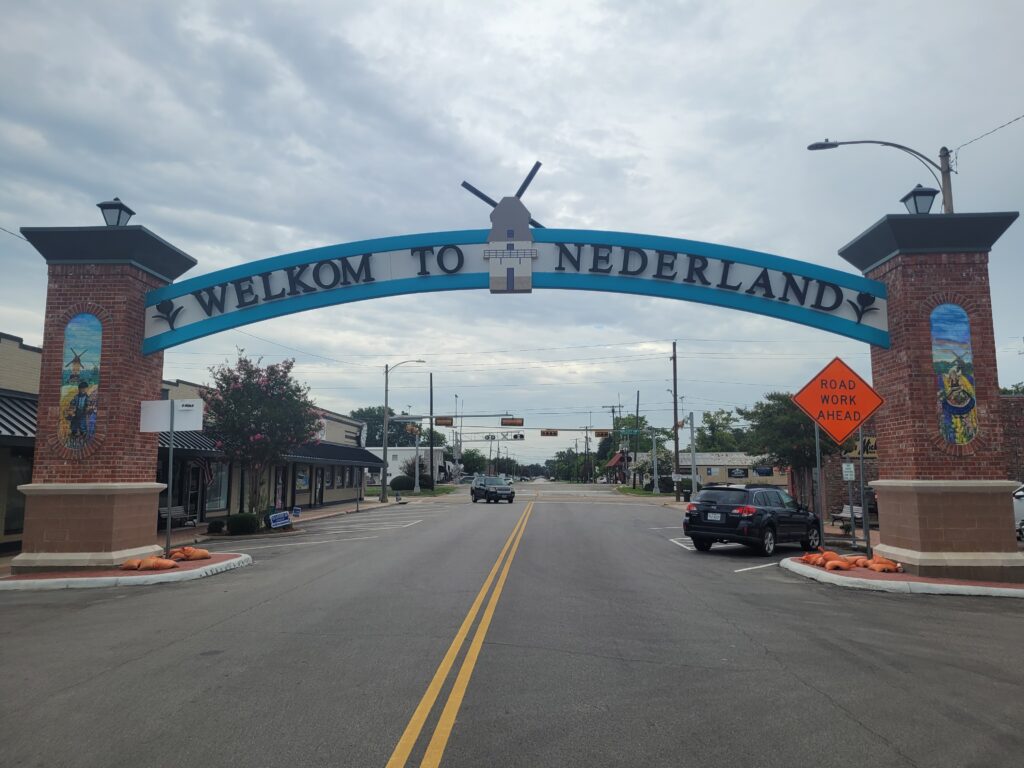
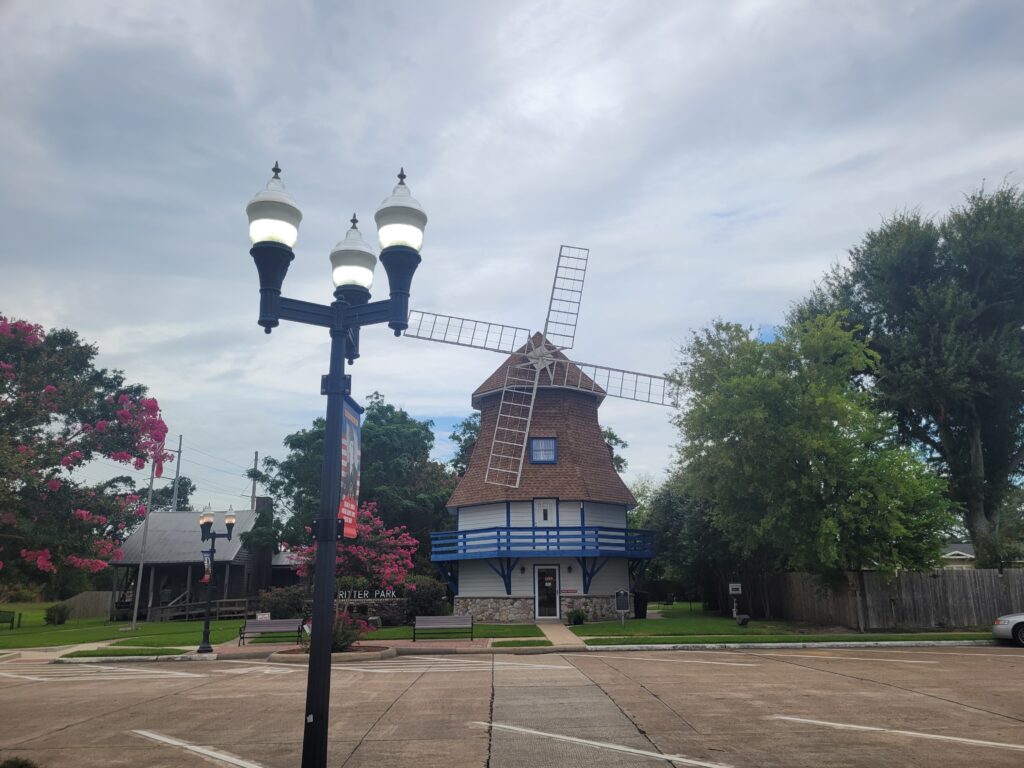
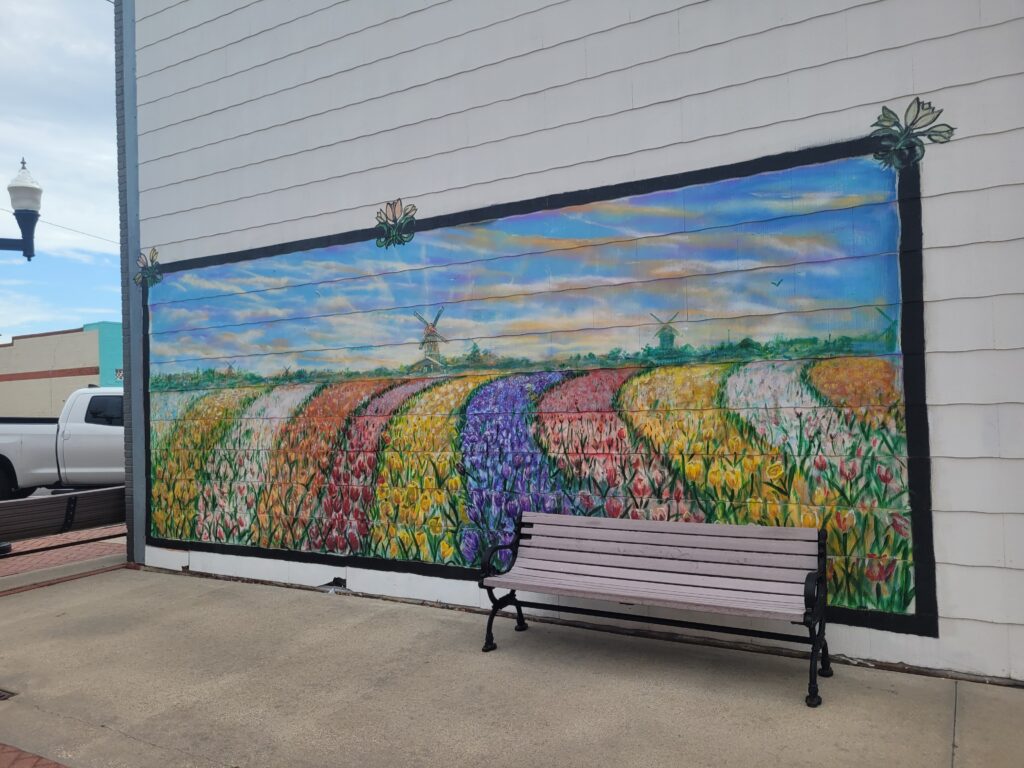
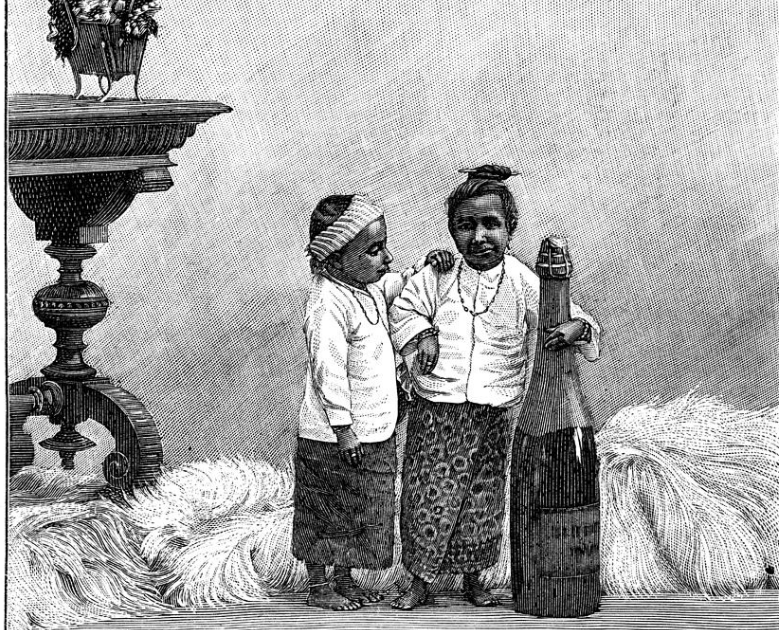
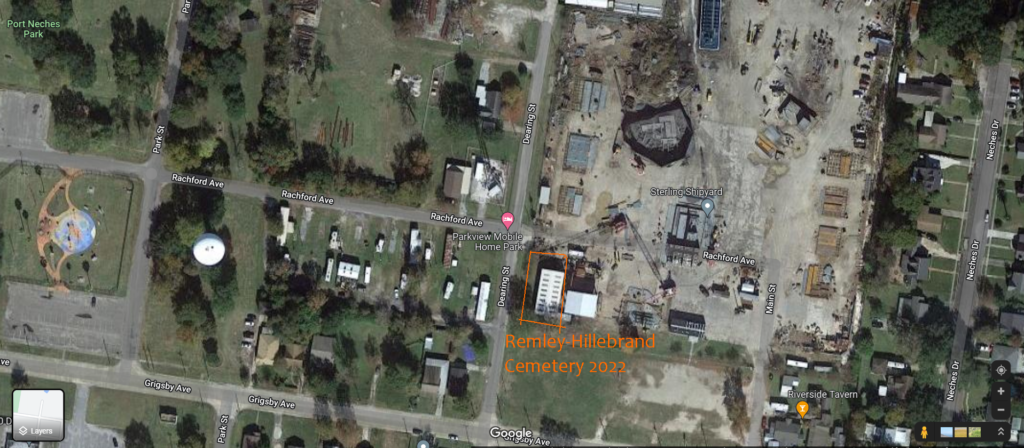
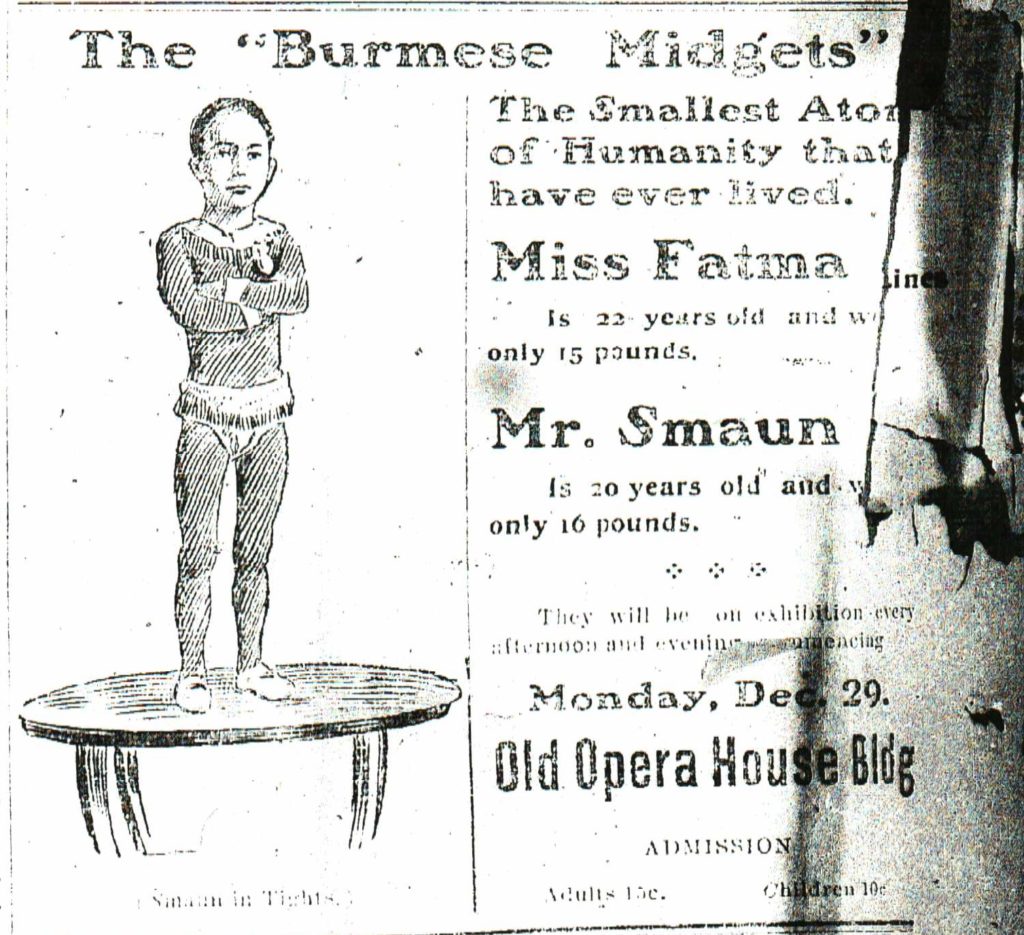
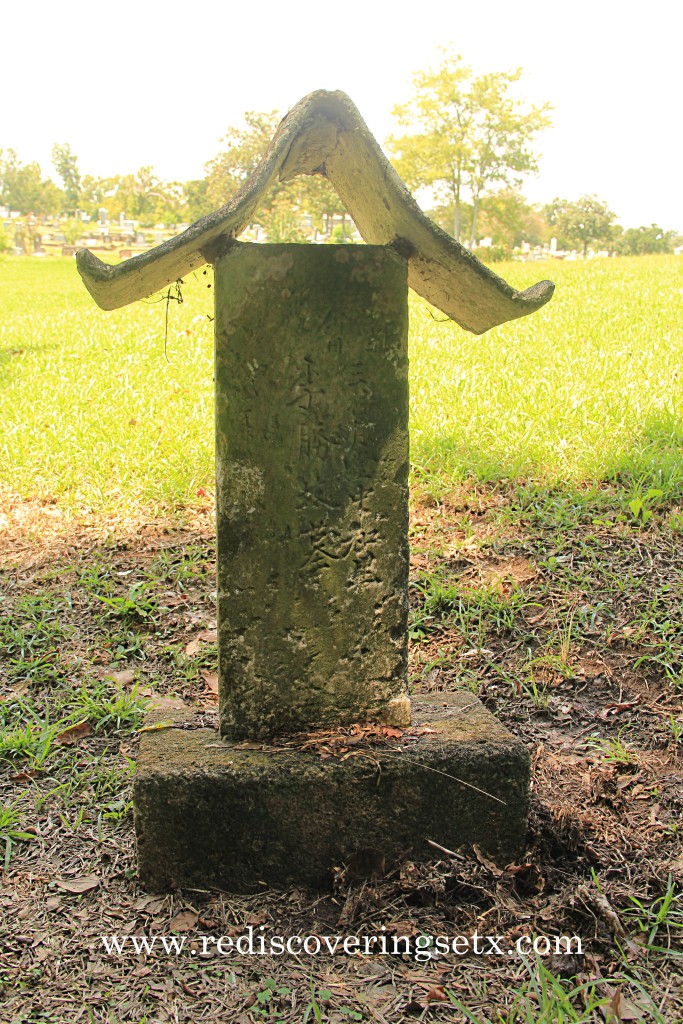
You must be logged in to post a comment.